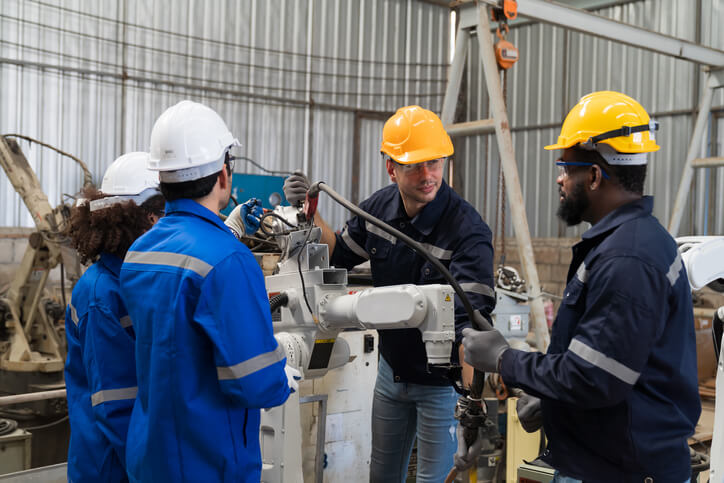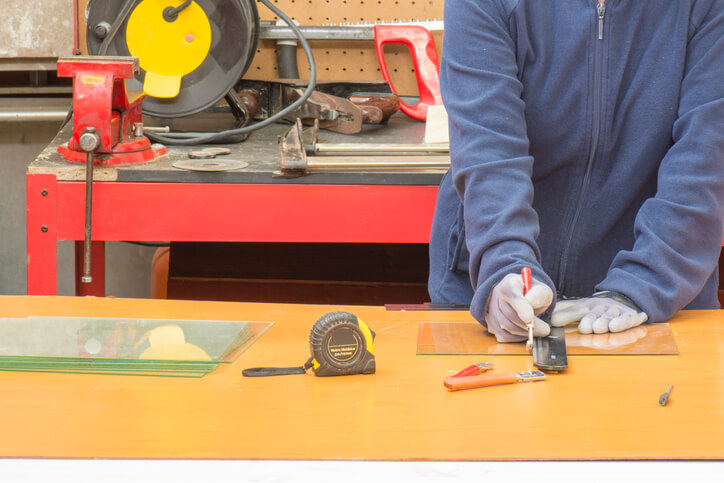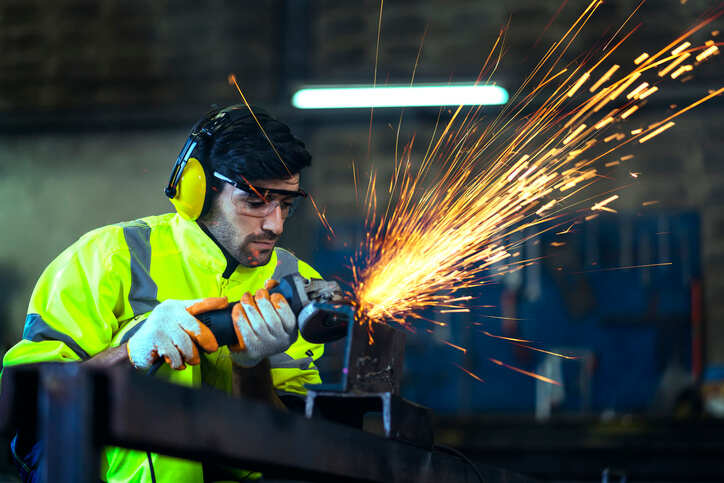A Day In The Life Of A Construction Millwright Apprentice After Welder College
August 29, 2023
An apprentice millwright is a craftsman trained in high-precision work, specializing in the installation, repair, upkeep, and assembly of machinery in power plants, construction zones, and manufacturing facilities. Daily, these apprentices engage in preventative care for forklifts. They support electricians and experienced millwrights, gaining insights and skills from them. Their responsibilities include conducting routine maintenance on Durco pumps, motors, and cranes, and operating heavy machinery as required.
An apprenticeship is typically a paid position where the individual learns the trade directly on the job, while a pre-apprenticeship prepares individuals with the foundational skills they’ll need once they secure an apprenticeship, acting as a stepping stone. At NATS, our training focuses on imparting those foundational, transferable skills, setting students up for success in either avenue.
Setting out on a professional path after graduating from welder college can be both thrilling and life-changing. If you’re eager to sharpen your skill set and step into the realm of machinery setup and care, the role of a construction millwright apprentice could be the perfect fit for you. In this piece, we’ll delve into a day in the life of a construction millwright apprentice, highlighting their daily duties, growth avenues, and the priceless competencies they gather in their journey post-welder college.
Setting the Stage
A construction millwright apprentice typically starts their day bright and early, usually as the first rays of dawn appear. Before diving into the day’s work, they take a moment to go over the tasks they need to accomplish, mentally preparing for the challenges ahead. Their education at welder college provides a solid foundation, ensuring they are well-equipped for what’s to come. As the day gains momentum, they often begin with crucial first tasks like measuring, cutting, and fitting hangers.

To do this, they rely on hand tools and ladders, applying their skills meticulously. This initial activity not only dictates the flow of the rest of the day but also demands a high level of accuracy and focus—traits they’ve honed to perfection during their welder training.
Mastering the Art of Welding and Equipment Alignment
The midday period offers a stage for the millwright apprentice to display an array of mastered skills, under the watchful eyes of an experienced Construction Millwright. Drawing on the in-depth knowledge attained in welder courses, the apprentice becomes a maestro of metalwork. With proficiency in arc welding, MIG welding, TIG welding, and the delicate art of oxyacetylene cutting, they tackle intricate welding repairs and installations. From restoring the vitality of worn-out pumps, motors, and gearboxes to adeptly aligning hefty machinery with a selection of specialized tools. The apprentice effortlessly merges welding artistry with the multifaceted responsibilities of a millwright. This synergy of skills not only showcases their versatility but also underscores the comprehensive training that shapes their daily operations.

Collaborative Work and Problem-Solving
After a satisfying lunch break, the apprentice gets back to work, joining forces with experienced millwrights and electricians. This teamwork creates a friendly and cooperative environment, where everyone works together. The afternoon is a chance to do different tasks: assisting in making heating and cooling systems better, fixing things very carefully, and even working on big building projects. Some jobs include putting up strong railings, setting up ladders, and making sure pipes and powerful fans are held securely. Every job, whether it seems simple or hard, is a great chance for the apprentice to learn. It’s a time to put what they learned in welder college and millwright training to good and practical use. It’s a mix of classroom learning and real-world practice.
Our Structural and Pressure Vessel Welder Diploma program at NATS is a stepping stone, offering the foundational and transferable skills you need to potentially obtain an apprenticeship or pre-apprenticeship. While we don’t directly offer these positions, our training equips you with the fundamental knowledge and confidence to pursue them while securing potential future employment in the industry.
Are you interested in welder training?
Contact NATS for more information.



